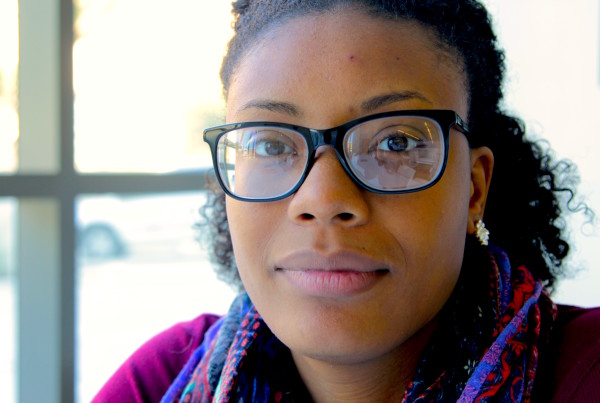After enduring thirteen years of domestic violence, Lisa Pous walked out of her marriage. But her battle with her abuser was far from over.
“He said ‘you’ll be homeless and you’ll lose your kids,'” Pous says. “I did. He was right. When I fought for them again, he tried to kill us.”
When Pous finally left the marriage for good – 10 years ago last month – her husband also made sure she left the house. Pous was suddenly homeless. Her three children would try to sneak her back in and hide her. One shelter offered a two-week stay, which Pous said wasn’t enough time to get back on her feet. She ended up at Safe Place in Austin, and lived at their transitional housing unit for over two years.
“I’m not sure I could’ve done it without housing assistance,” she says. “I have a whole new life, and I’m not dead. I don’t know what more I could get.”
The U.S. Interagency Council on Homelessness says 80 percent of homeless families nationwide are domestic violence survivors. In Texas, an estimated 20 to 30 percent of all homeless persons are survivors.
Melinda Cantu is the executive director of Safe Place. She says domestic violence survivors don’t fit the traditional image people have of homelessness.
“The homeless people that people see on the street or the folks flying signs. They think ‘Oh that’s the problem, that’s the problem,'” Cantu says. “Well, a woman with her children doesn’t necessarily do that, she’s going to be in her car or maybe at a Walmart. She’s going to try to figure out how to do that in a way that doesn’t disrupt her children.”
Cantu says domestic violence survivors who become homeless have different needs than other homeless individuals – they need affordable housing that gives them time to navigate resources like therapy and legal support. They need to gain independence and, eventually, get to a safe and permanent place. But a recent shift in the national discourse has affected funding for domestic violence survivors.
Molly Voyles is the Policy Manager at Texas Council on Family Violence. She says the talk has recently been on chronic and veteran homelessness.
“We saw this shift to these amazing efforts to support those communities,” Voyles says. “What we want to see is, while they keep doing those amazing resources, that they start looking at the amazing resources we need.”
The attention was shifted somewhere else.
Voyles says 39 percent of domestic violence survivors in Texas who call for services are turned away solely for lack of space. This number has gone up from 26 percent in two years. Across the state, she says, housing is the number one unmet request for domestic violence survivors.
The housing that is offered – tailored to the needs of the chronically homeless – may not work for a survivor whose safety is at risk and who needs more time to transition to permanent housing. The goal of family violence organizations across the country is to end family homelessness by 2020.
“For our movement, we need to do more about raising awareness,” Voyles says. “We need to start thinking as a coordinated group beyond just one individual entity’s efforts. And I think for other systems to really recognize the different needs of survivors in that population.”
Domestic violence survivor Lisa Pous is now a Peer Support Specialist at Safe Place. She shares her experience in hopes of showing other survivors that they too can have a safe and better future.
“I would’ve never guessed that I was capable of any of this,” Pous says. “I would’ve never guessed I could’ve had friends and the love and support I have now. And I just want it to be possible for everybody.”
Pous believes it is possible to end homelessness that stems from domestic violence. But, she says, we’re not there yet.

















